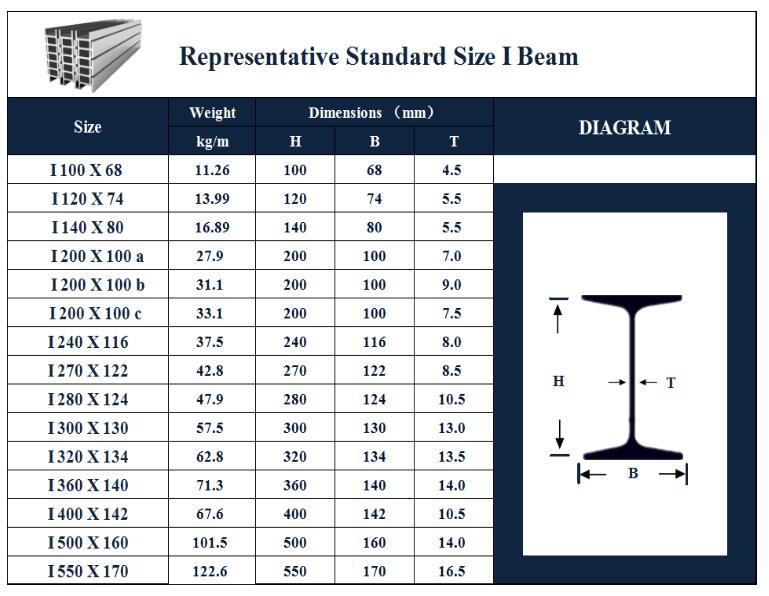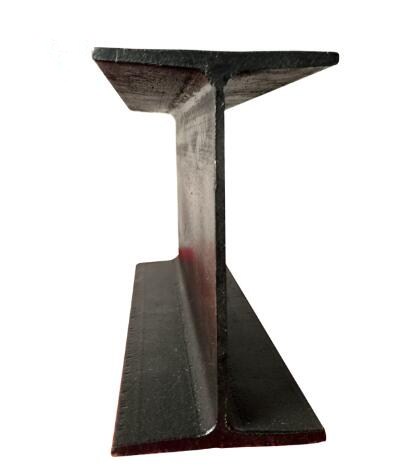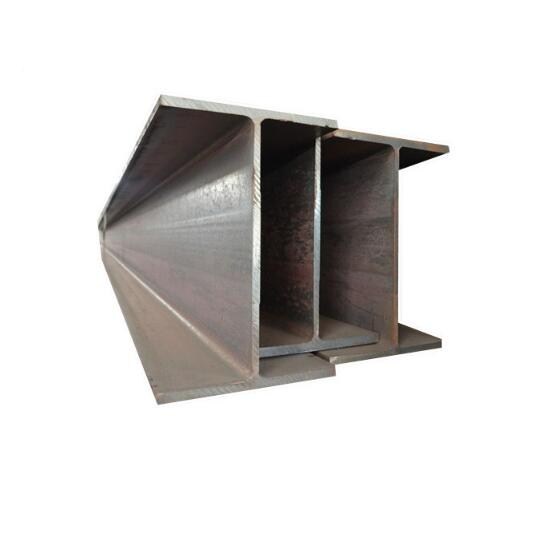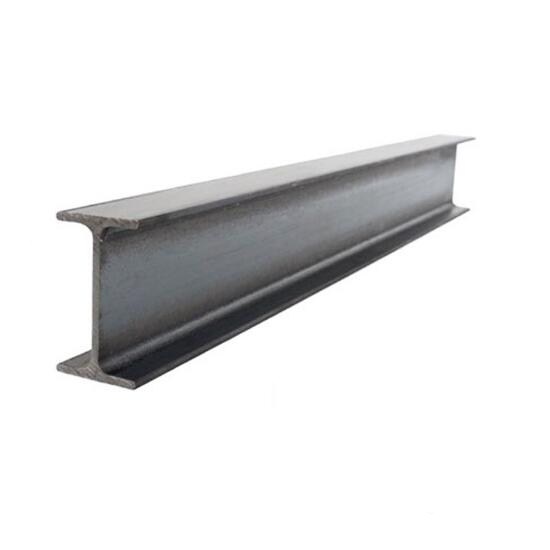At the same time, LCD monitors and liquid crystal displays are display devices. The main principles of the two are similar. Both use current to stimulate the imaging of liquid crystal molecules. However, the use of monitors and monitors is different. It can be seen literally that the monitor is for a computer and the monitor is for a monitoring system. In addition to other differences, what's the difference between the LCD monitor and the LCD monitor?
The difference between the LCD monitor and the LCD monitor lies in the following seven points:
First, the radiation level is different: CRT monitors generally use metal enclosures to shield electromagnetic radiation, CRT monitors plastic enclosures are not strong on radiation suppression. Basically, LCD monitors and displays do not radiate electromagnetic waves, but LCD monitors, which are usually all-metal cases, have significant effects in shielding external strong electric field interference.
Second, the ability to restore color: the monitor will truly reproduce the monitored scene, and strive to be true. The monitor will render the image and the quality is more suitable for viewing, so it is impossible to restore the real monitoring scene.
Third, the resolution is different: CRT monitors generally up to 625 lines (interlaced) / 1250 (progressive) lines, CRT scan lines significantly lower. The same size LCD monitor resolution is comparable to the LCD monitor resolution.
Fourth, the refresh rate is different: normal color monitor refresh frequency should be below 50Hz (simulation), the average computer monitor easily to 75hz.
Fifth, the input signal interface is different: The monitor inputs the AV analog video signal, and is compatible with inputting some other signal sources such as VGA, YPbPr; The computer monitor generally only inputs the RGB three primary colors VGA signal, uses as the connection computer.
Sixth, the core component performance is different: The CRT monitor adopts the dedicated picture tube to identify and recognize the color better than the CRT monitor, and can more accurately reproduce the collected source image. The LCD monitor uses a dedicated LCD panel and has higher physical performance than the equivalent display, such as viewing angle, response time, and brightness.
VII. Components are different: The components selected by the monitor are designed to have higher current, power consumption, temperature and electrical interference, electrical shock capability and redundancy, and greater average time between failures; therefore, the stability of the monitor is better. .
I-beam, also called steel beam, is a long strip of steel with section shape. I-steel is divided into ordinary I-beam and light I-beam. Section Steel with section shape is I-shaped. I-shaped steel, whether ordinary or light, has relatively high and narrow section size, so the inertia moments of the two principal axles of the cross-section are quite different, so it can only be directly used to bend the members in the plane of their webs or to form lattice members. It is not suitable to use axial compression members or bending members perpendicular to the web plane, which limits their application scope. I-beam is widely used in building or other metal structures.




If you have any questions, please contact with us directly.
Our company is solemnly committed to the majority of customers: reasonable price, short production cycle, considerate service. We look forward to cooperating with you.
I Beam,Hot Rolled I Beam,Steel I Beam,Standard Steel I Beam
Shandong Vantage International Trade Co., Ltd. , https://www.steelplate.be
